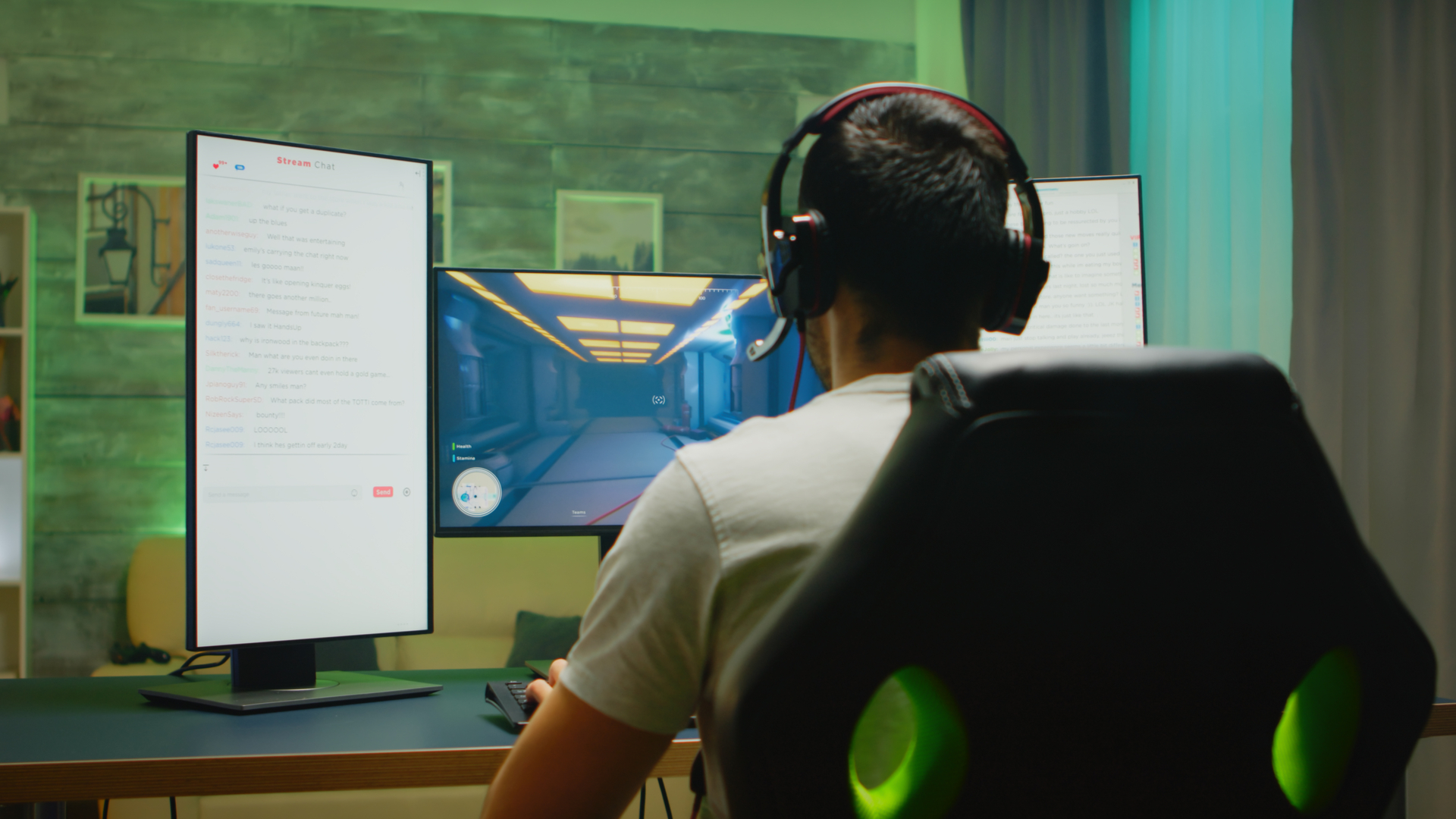Microsoft finally exorcises digital poltergeist that messed with desktop icons and stopped some users from getting Windows 11 23H2
Sadly Windows 10 users are still haunted by icon-flinging specter

Remember that really strange bug where Windows 11 caused havoc with multi-monitor setups, shuffling desktop icons around, or even moving them onto different screens?
Well, the good news is Microsoft has now fixed this (but the not-so-great news is that it isn’t remedied for Windows 10 users, not yet – we’ll come back to that shortly).
Affected Windows 11 PCs were seeing icons being moved about on the desktop, or seemingly randomly shifted to their other monitors in a highly confusing fashion. Rather like the digital equivalent of a poltergeist possessing your system and causing mischief.
The problem was first spotted in Windows 11 back in November 2023, with the root cause being Copilot – and this led to Microsoft putting a block (a so-called compatibility hold) on rolling out the AI assistant to those with multiple monitors attached to their PC. (And furthermore, there was a block on the Windows 11 23H2 upgrade, for those who hadn’t yet migrated to that version – as it introduces Copilot).
However, all that’s now lifted as the issue has been resolved, as Neowin spotted.
Microsoft updated its known issues with Windows 23H2 (in the release health dashboard) to say that: “This issue was resolved on the service-side for Windows 11, version 23H2 and Windows 11, version 22H2 on devices with updates released January 9, 2024 or later. Non-managed consumer Windows devices with no other compatibility hold should now have Copilot for Windows available. The safeguard hold has been removed as of February 7, 2024.”
Analysis: Ghost in the machine
A service-side tweak means that Microsoft has applied the fix on its end, so there’s no actual update or tinkering that needs to happen with your Windows 11 PC. The fix is just there, and the compatibility hold on Windows 11 23H2 is lifted, so those who’ve been stuck without 23H2 or Copilot should now be able to upgrade just fine.
Get daily insight, inspiration and deals in your inbox
Sign up for breaking news, reviews, opinion, top tech deals, and more.
However, Microsoft observes that it may take up to 48 hours for 23H2 to be offered to your computer. Restarting the PC and manually checking for updates may help to prompt Windows to discover the upgrade.
This is true for Windows 11 PCs previously blocked from 23H2, and also Windows 10 users who wanted to upgrade their device to Windows 11 23H2. The twist here, though, is this icon-flinging bug isn’t actually resolved with Windows 10, if you want to stick with the older OS rather than migrate to Windows 11.
If you recall, Windows 10 users were also affected, and blocked from getting Copilot (when it was subsequently rolled out to them). And sadly, that’s still the case, so those with multiple monitors running Windows 10 still won’t get the AI assistant. With the problem solved in Windows 11, though, presumably it won’t be long before it’s also cured for those staying on Windows 10.
Microsoft updated the Windows 10 release health dashboard to note that: “We are working on a resolution for this issue on Windows 10, version 22H2 and will provide an update in an upcoming release.”
You might also like...
Darren is a freelancer writing news and features for TechRadar (and occasionally T3) across a broad range of computing topics including CPUs, GPUs, various other hardware, VPNs, antivirus and more. He has written about tech for the best part of three decades, and writes books in his spare time (his debut novel - 'I Know What You Did Last Supper' - was published by Hachette UK in 2013).